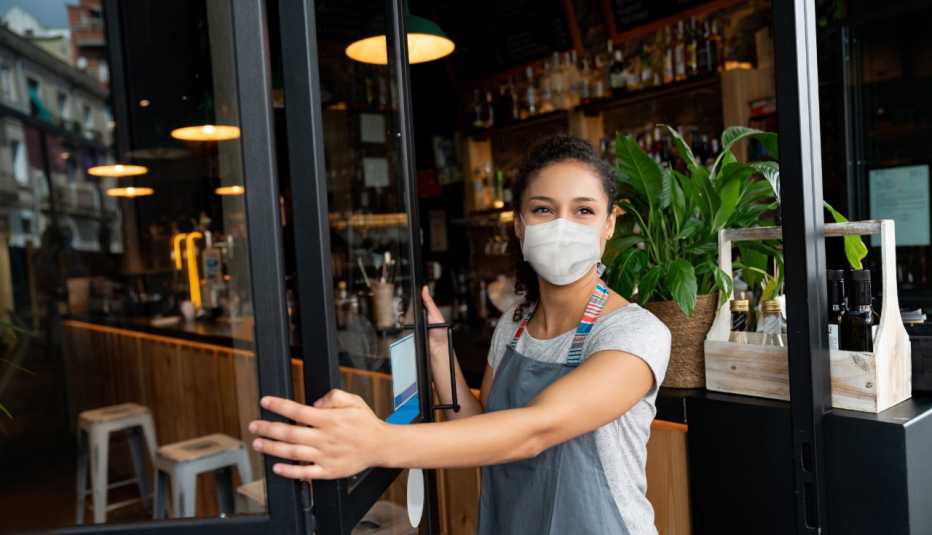Staying Fit
Non-urgent medical appointments have been on hold for much of the pandemic. Over the past four months, patients and physicians have canceled routine checkups, postponed preventive screenings and put off elective surgeries to protect the health and safety of everyone involved.
But just because in-person visits took a break, that doesn't mean diseases did. And many patients are asking if and when they should get back to the doctor's office.


AARP Membership— $12 for your first year when you sign up for Automatic Renewal
Get instant access to members-only products and hundreds of discounts, a free second membership, and a subscription to AARP the Magazine.
The answer? “It's really complicated,” says A. Mark Fendrick, M.D., a professor of internal medicine and director of the Center for Value-Based Insurance Design at the University of Michigan — and it's a decision that should be made on a case-by-case basis with your doctor, who can help you weigh the risks and benefits of being seen in person.
For example, where you live matters. Some communities are seeing a decline in coronavirus cases, while others are experiencing a surge. If you have underlying health conditions that make you more likely to be hospitalized for a coronavirus infection and live in an area where COVID-19 cases are spiking, your physician may opt to keep your appointments over the phone or computer — especially if your ailments can be managed and measured (with a blood pressure cuff and a scale, for instance) from home.
"Having that ability to be in touch with your clinician and make decisions with them” is the best way to determine whether you can be or need to be seen in person anytime soon, Fendrick adds.
Don't delay emergency care
Exercising caution when it comes to the coronavirus is one thing, but it's important to differentiate between the type of care that can wait and the conditions and concerns that need more immediate attention. And experts say one of the more alarming consequences of the coronavirus pandemic has been the delay in emergency care.
"We're finding that many people are going overboard the other way; they are actually sick and they would benefit from coming in,” says James S. Powers, M.D., a geriatrician and professor of medicine at Vanderbilt University Medical Center.
A June report from the Centers for Disease Control and Prevention (CDC) found a 42 percent decline in emergency department visits during the early phases of the outbreak. Similarly, an April poll from the American College of Emergency Physicians (ACEP) found that nearly one-third of American adults delayed or avoided medical care over fear of contracting COVID-19.
Symptoms that call for immediate care, according to ACEP, include difficulty breathing or shortness of breath; chest or upper abdominal pain or pressure; sudden dizziness or weakness; a head or spine injury; confusion or difficulty speaking; and uncontrolled bleeding. Injuries from falls should also be evaluated promptly, Powers says.



































































